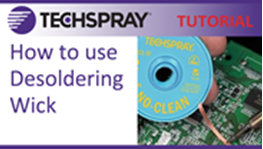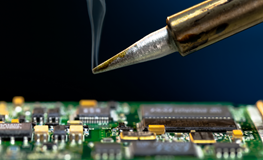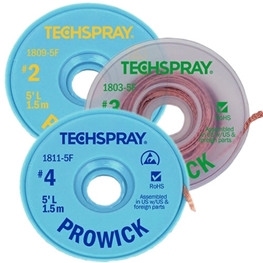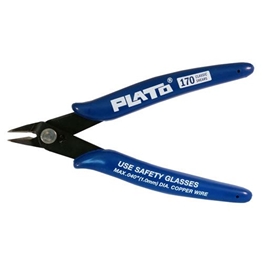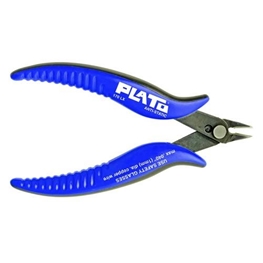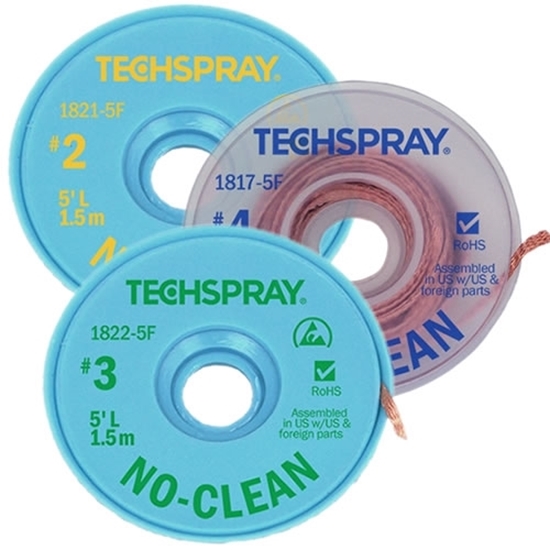
No-Clean Desoldering Braid

TDS
SDS (GHS)
Articles
Desoldering How-To Guide
Desoldering wick (also known as solder wick, wick, or desoldering braid) is a common method of removing unwanted solder using flux and braided copper wire. It is commonly used to aid in removing faulty components, to correct solder bridging, or for any other reason that solder needs to be...
Read This Post
Guide to Electronic Soldering
What is soldering?
Soldering is the joining of two metal surfaces mechanically and electrically, with the use of metal called solder (pronounced “sodder”). Solder secures the connection so it doesn’t break loose from vibration, other mechanical forces and provides electrical conti...
Read This Post
You did not finish submitting your information to request a sample

